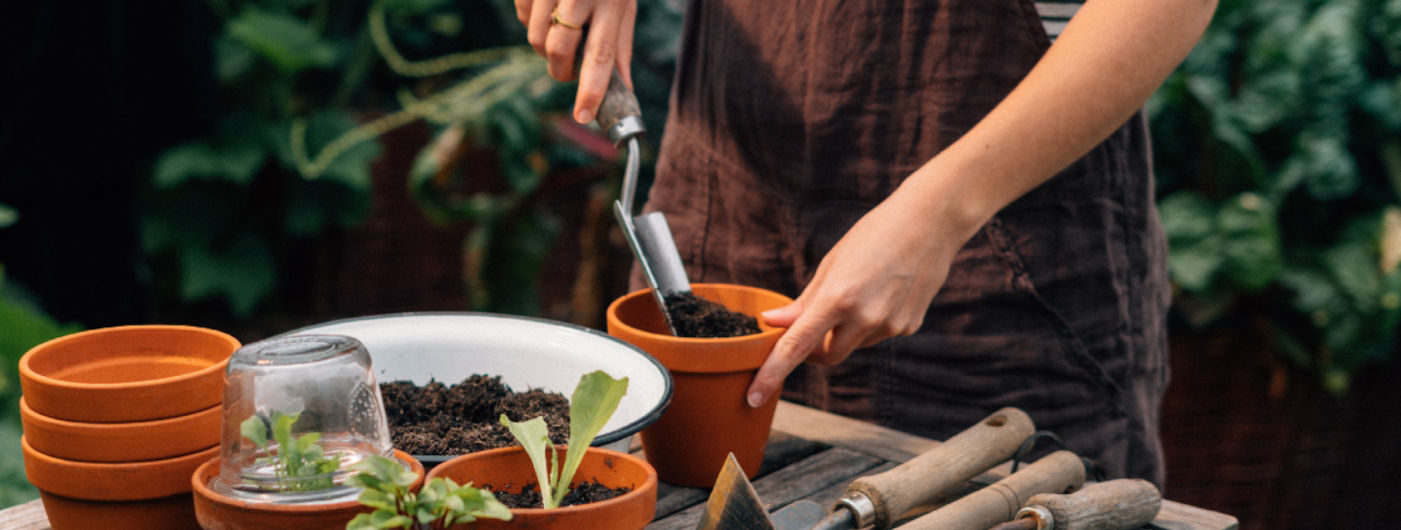Heirloom Chili Pepper Seeds
Allegedly, chili peppers have been used as a condiment and spice for over 8000 years by the inhabitants of Latin America. At first, only wild chilies that still occur in Brazil and Mexico today ( which still occur today and go by the name of "Tepin Chili") were collected, later the seeds of the plants were cultivated and an incredible range of varieties developed.
Most of the hot fruits belong to the Capsicum varieties Annuum, Chinense or Baccatum but there are many more. Wild chilis are also very hot and even top most cultivars. The mild capsicum also origins from wild chilis but their spiciness has become lost over the history of cultivation.
The archetypes are often called "Tepin Chili". Later, by cultivating the wild form and further spreading of the chili seeds, an unbelievable diversity of varieties emerged. This rich breeding history is reflected not only in different variety names but also different names for the processed form of chilies, depending on pungency, origin, or use: pepperoni, paprika, chili, chili pepper, pimiento, cayenne pepper, paprika powder, aleppo pepper (pul biber), isot, harissa, merkén, sambal oelek, tabasco - and many more. Chili seeds need a little bit more warmth than other vegetable seeds. Apart from that, growing chilis isn't very difficult. Other than most spices from tropical countries, chilis can also be grown as annual plants in Central Europe without any problems. Furthermore, the bushy shrubs with their hot fruits are very decorative. They don't only decorate the balcony, terrace and garden or, as a room plant, also the apartment by its beautiful appearance but also provide a large quantity of chili pods in most cases.
Good chili in great variation mustn't be missed in the kitchen - the flavours and severities are unbelievably versatile. That's why it's worth being sown and grown, trying many varieties and maybe even making an own breeding. The Capsicum varieties were elected vegetable of the year 2015/ 2016 by the VEN, an association for the preservation of crop diversity, in Germany.

